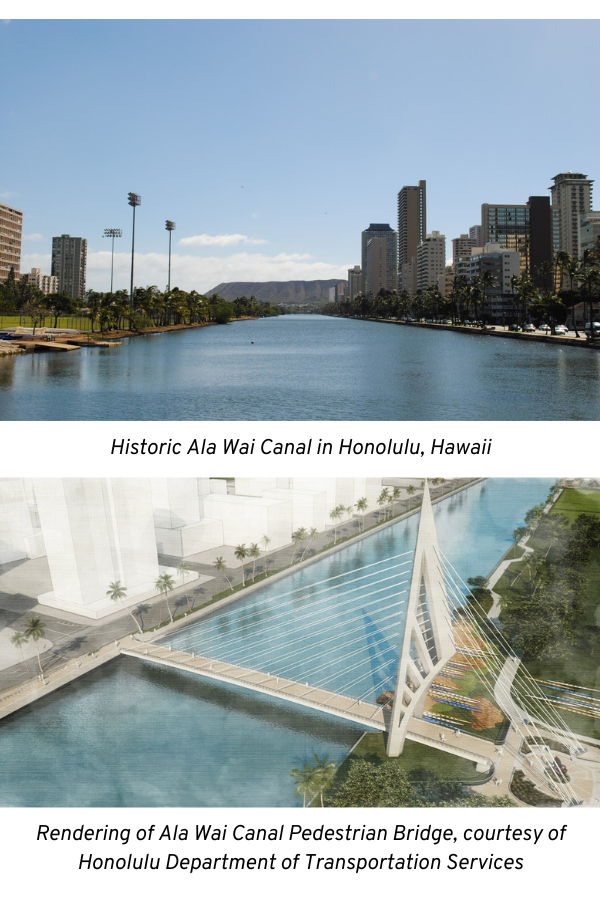DISCOVER YOUR LOCAL BICYCLING COMMUNITY
Find local advocacy groups, bike shops, instructors, clubs, classes and more!
New Transportation Alternatives Funding coming your way
Thanks to Representative Rick Larsen (D-WA), the Ranking Democrat on the House Transportation & Infrastructure (T&I) Committee, your state is getting more Transportation Alternatives funds!
Yesterday, Congress passed the Water Resources Development Act. Attached to that bill, Congress included a fix to the surface transportation bill that will result in $180 million dollars flowing to the Transportation Alternatives program (TAP) for fiscal year 2025, and potentially the same additional dollars over the next two years.
The funding comes from transferring a portion of the unused balance of the Transportation Infrastructure Finance and Innovation Act loan program to the Surface Transportation Block Grant Program, under which 10 percent goes to Transportation Alternatives.
The Transportation Alternatives set-aside was in danger of being overlooked until Representative Larsen stepped in and secured the agreement of House T&I Chair Sam Graves, and Senate Environment and Public Works Chair Tom Carper and its Ranking Member Shelley Moore Capito to ensure that TAP got its share.
Explore the funding breakdown by state.
What does $180 million look like?
$180 million is a lot of dollars to spend. To give you a sense of how this funding could be used, here are some example projects that were funded in the first two years of IIJA.
- In Florida, $741,000 went towards the Marlin Road Improvement Planning Project. This project focuses on Florida’s “Complete Streets” and safety improvements, by designing and constructing 10 ft wide, high visibility crosswalks, as well as a pedestrian refuge island/medians. This project will also install more 5 ft wide sidewalks, accessibility ramps, and new bicycle lanes.
- Hawai’i saw two major projects funded; $8,000,000 for the Ala Wai Canal Pedestrian Bridge to improve connectivity, travel distance, and pedestrian safety between two densely populated areas; and $2,811,573 towards Safe Route to Waiakea Schools to construct, improve, and extend sidewalks and bike lanes within the vicinity of four public schools. The improvements would serve the 3,553 students who are not eligible for school bus service in Hawai’i.

- Nebraska’s $900,000 Midtown Medical Center Bikeway Connection constructed a dedicated pedestrian and bicycle connection to improve the safety and comfort of people traveling on foot or bicycle between the Field Club Trail, the University of Nebraska Medical Center (UNMC) campus, and neighborhoods both north and south of Leavenworth Street.
- In Maryland, the Greenbelt Station/WMATA Hiker-Biker Trail was funded with $1,528,837. This multi-use trail will connect and expand multimodal opportunities at Greenbelt Metro Station, as well as connect neighborhoods and provide safe pedestrian and bicycle connections to commercial properties, regional parks, and the existing trail network.
- Oklahoma spent $1,000,000 for a Safe Routes to School/Safety First Initiative at 38 schools. This project will install new bus shelters, upgrade signage to flashing beacons, repair sidewalks, and install lighting and pavement markings to improve safety while walking, biking, riding, or driving in neighborhoods around 12 schools. Additionally, at 27 schools, bike racks will be installed to encourage students and staff to bike to school rather than drive.
Explore a longer list totaling $20 million dollars in projects
In the weeds
Each fiscal year, there is an ‘August Redistribution’ where the Federal Highway Administration (FHWA) makes unspent dollars from non-formula programs available to the state departments of transportation (DOTs). The state DOTs have access to the funds if they can commit to obligating that funding (getting it under contract) before the end of the fiscal year, September 30th. This process has been in place for years, but because the Infrastructure Investment and Jobs Act included large amounts of discretionary and non-formula funding, there has been too big of a balance for states to be able to obligate in the last month or so of the fiscal year.
This is a problem because states, who are under pressure to either use the funding or lose it, will take the funding and obligate it for projects that may be the quickest to build (‘shovel ready’) but not the most strategic. To make those projects to a ‘shovel ready’ status, state DOTs may drop off safety elements or multimodal aspects of a project that would require getting design exemptions or additional permitting.
The Transportation Infrastructure Finance and Innovation Act (TIFIA) program is part of the issue. The program was designed to provide credit assistance for qualified projects of regional and national significance. However, in recent years the fund hasn’t been utilized to the fullest extent and the balance has accumulated. The result has been a larger and larger unused balance which then results in a larger ‘August redistribution’.
The provision in the WRDA bill transfers $1.8 billion of the $2 billion in unused funds in the TIFIA account to the Surface Transportation Block Grant Program (STBGP), one of the most flexible programs available to state DOTs. Transferring the funds from TIFIA to STBGP does two things. It gives the state DOTs authority over those funds earlier in the fiscal year so they have time to plan and use the funds more thoughtfully and efficiently and it reduces the balances of the August redistribution so there are less “use it or lose it” funds coming to them at the very end of the fiscal year.
This is good news for bicycling and walking for a couple of reasons:
- More funding for the Transportation Alternatives Program (TAP). TAP represents roughly 40% of all the federal funds spent on bicycling and walking.
- More funding for the rest of the STBGP. The STBGP (minus TAP) accounts for an additional 24% of bicycling and walking funds.
- Less funds flowing through August redistribution projects means states have more time to consider multi-modal and safety elements in their designs.